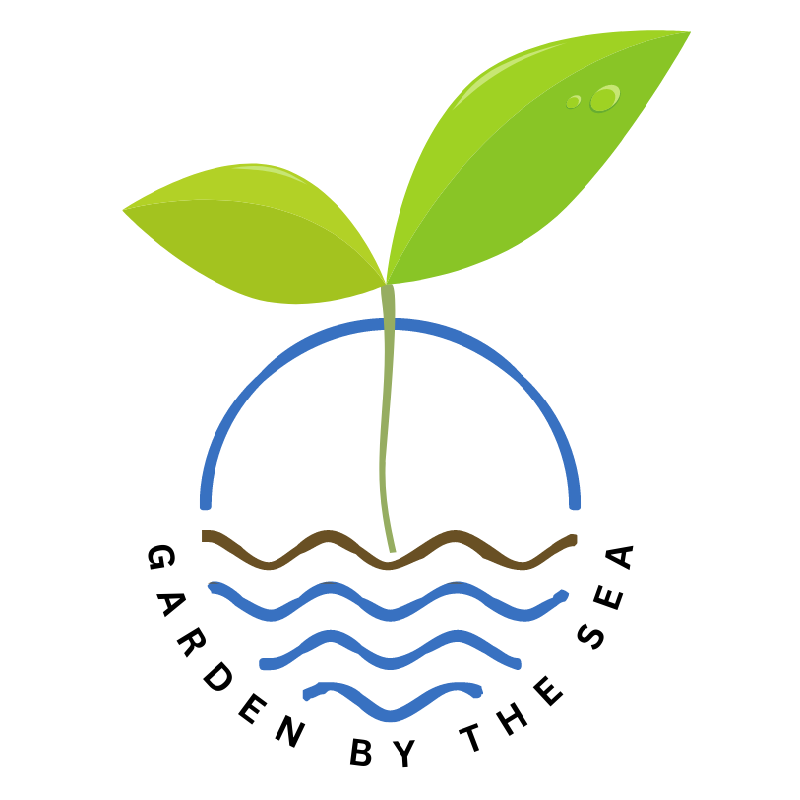Sun, Stress, and Your Plants
At the end of June, we typically have some unusually hot days in Ocean Shores. Not only are we not used to this, but our plants are not used to it either.
They could definitely use some help from us. The heat causes plant stress on two basic fronts: transpiration (evaporation of water from the plant leaving it lacking the fluid it needs to complete its chemical life processes) and sunburn (damage of plant tissues).
You can recognize plant stress first by wilting leaves, stems, and flowers, and by a yellowing of its leaves, which will eventually dry completely, turn brown and crispy, and then fall off. You may also see flowers and buds drop off as well as tissue damage from too much sun.
Obviously, if the plant is losing water via transpiration, you can help by replacing the lost water. However, if you leave droplets of water on the leaves, these act like little magnifying glasses that focus the sun’s rays that burn and destroy the plant tissues. You need to pay attention to when and how you water.
 The best time for outside plants is in the morning when the sun and temperature are both lower.
The best time for outside plants is in the morning when the sun and temperature are both lower.
Water around the base of the plants, to avoid getting water on the leaves. (Soaker hoses are an especially good idea.)
Water all your plants and then tour back to where you began and take another look at the leaves. If they are still wilting, you should probably do another round of watering.
Watering twice gives the water time to soak into the soil and the plant time to absorb the water. Check each day in the morning to observe the leaves. Water as often as needed to keep the plants from wilting. Watering in the late afternoon is another good time, although second best since the temperature is usually higher in the afternoon or early evening. If it’s really hot you might even need water twice in the same day. Just watch the plant for wilting.
For indoor plants, morning or evening are both good if the temperature inside is cool. A good way to make sure the plant is fully watered is to let it sit in a bathtub or sink in water up to the soil line. This will allow the plant to absorb water through the bottom drain hole and fully soak the soil in the entire pot.
(This is not a bad practice for the indoor plants every week or two anyway.)
Once the soil is fully saturated, continue to look for wilting or test the top inch of soil for drying to know when to water normally.
Sun damage begins to show up in leaf color. Yellow and brown are keys and usually cannot be reversed. As you are watering to prevent wilting, consider moving potted or container plants out of the sun or providing shade cloths to those permanently planted to prevent tissue burning. This is especially true of fine delicate leaves. Heartier leaves (as in rhododendrons) are less subject to burning but not immune, so keep an eye on them too.
The other thing you want to do is to avoid any extra stresses on the plant. Don’t fertilize, prune, thin, divide or transplant. Wait until we get back to our normal cooler temperatures. These chores can always wait. Unusual heat puts you in damage control mode, rather than your normal plant care routines. Most plants are quite resilient, and we are unlikely to see extended heat waves in Ocean Shores anyway.
Make sure to clean up any dropped or damages leaves. Remove them from the plant as well as the ground. Once we are back into “normal” temperature mode, consider pruning off overly damaged branches as well. The plant should be putting all its energy into healthy tissue rather than trying to support half dead and unattractive branches.
Take special care to keep your plants on a schedule to keep them sufficiently watered. The normal rule is about an inch of water two to three times a week for outdoor plants.
For indoor plants review to make sure you know the recommended watering needs of each of your plants and keep plants with similar needs together to make watering chores easier. Another general rule is to re-water when the first inch of soil has dried out, but you might need to adjust that depending on the size of the pot (and thus the amount of soil to hold reserves of water. Be more vigilant for the rest of the summer and into the early fall. Elevated temperature and “occasional” heat waves are predicted for the Pacific Northwest for the rest of the season.
Often such predictions don’t pertain to Ocean Shores since we are in a cooler, marine climate zone, but as we have already seen this season is different. (And anyway, isn’t it nice to see bluer skies and more sun in our seaside city?)
Check out Garden by the Sea, Ocean Shores community garden, behind Galilean Church at 824 Ocean Shores Boulevard where you will find a productive maritime community garden and enthusiastic, experienced gardeners to share information, inspiration, and garden stories with. For questions, comments about this article, gardening in general or to share your gardening experiences, please email Info@GardenByTheSeaOceanShores.org
This article was originally printed in The Ocean Observer, August 2021.



